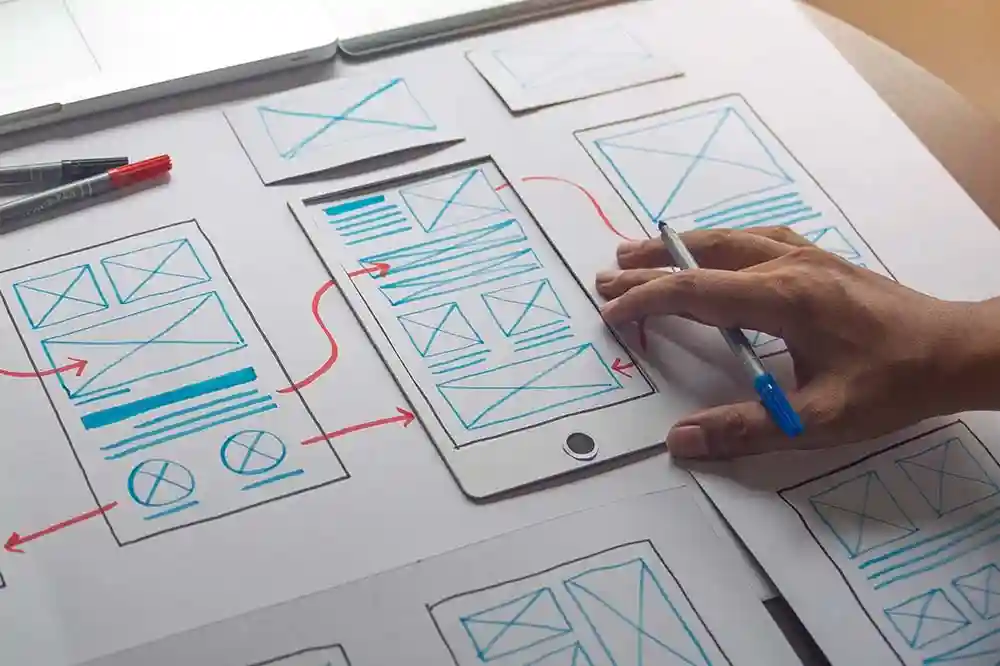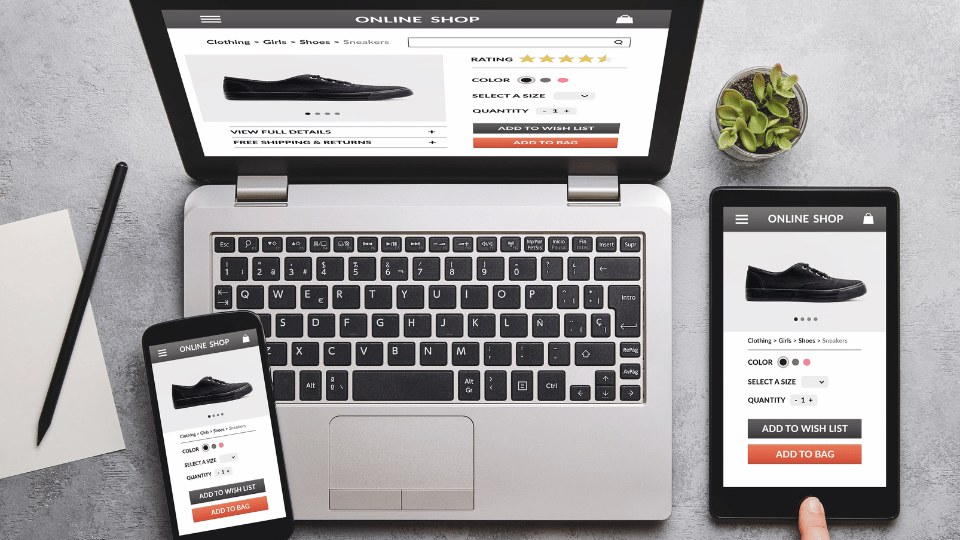In the ever-evolving landscape of user experience design, staying updated with the latest trends and technologies is crucial for professionals in the field. As we navigate through 2025, it’s essential to be aware of the emerging UX design trends that are shaping the industry and influencing the way we create digital experiences.
1. Dark Mode Design
Dark mode has become increasingly popular across various digital platforms, offering users a sleek and modern interface that is easy on the eyes, especially in low-light environments. Many apps and websites now provide a dark mode option, allowing users to switch between light and dark themes based on their preferences. Incorporating dark mode design not only enhances visual appeal but also improves readability and reduces eye strain for users.
2. Voice User Interface (VUI)
With the rise of smart assistants like Siri, Alexa, and Google Assistant, voice user interfaces have become more prevalent in digital products. VUI allows users to interact with devices using voice commands, making the user experience more intuitive and hands-free.
Integrating VUI into your designs can enhance accessibility and provide a seamless interaction for users, especially in situations where hands-free operation is essential.
3. Augmented Reality (AR) Experiences
Augmented reality technology has transformed the way users engage with digital content by overlaying virtual elements onto the real world. AR experiences offer a unique and interactive way for users to interact with products and services, providing a more immersive and engaging user experience. Integrating AR features into your designs can captivate users and differentiate your brand in a competitive market.
4. Personalized User Experiences
Personalization has become a key focus for UX designers, as users expect tailored experiences that cater to their individual preferences and needs. By leveraging data analytics and user insights, designers can create personalized interfaces that deliver relevant content and recommendations to users. Customizing the user experience based on user behavior and preferences can enhance engagement and foster a deeper connection with the audience.
5. Microinteractions
Microinteractions are subtle animations or feedback elements that occur within a user interface, providing visual cues and enhancing the overall user experience. These small interactions, such as button animations, loading indicators, or error messages, can make interactions more engaging and intuitive for users. Incorporating well-designed microinteractions can add personality to your design and create a more delightful user experience.
6. Neumorphism
Neumorphism is a design trend that combines elements of skeuomorphism and flat design, creating a soft and realistic interface that mimics physical objects. This style emphasizes depth, shadows, and highlights to give a tactile feel to digital elements, making them appear more interactive and tangible. Neumorphic design can add a sense of realism to your interfaces while maintaining a clean and minimalist aesthetic.
7. Sustainability and Ethical Design
As sustainability and ethical concerns continue to gain prominence, UX designers are increasingly focusing on creating eco-friendly and socially responsible solutions. Designing with sustainability in mind involves reducing carbon footprints, minimizing waste, and promoting ethical practices throughout the design process. By incorporating sustainable and ethical design principles, designers can contribute to a more environmentally conscious and socially conscious future.
8. Accessibility and Inclusive Design
Accessibility is a fundamental aspect of UX design, ensuring that digital products are usable by people of all abilities and disabilities. Inclusive design principles focus on creating interfaces that are accessible, intuitive, and accommodating to diverse user needs.
By designing with accessibility in mind, designers can make their products more inclusive and reach a broader audience, including users with disabilities or impairments.
9. Data Visualization and Infographics
Data visualization plays a crucial role in conveying complex information in a clear and visually engaging manner. Infographics and interactive data visualizations help users understand data insights quickly and intuitively, making information more digestible and memorable.
By incorporating data visualization techniques into your designs, you can effectively communicate data-driven narratives and enhance the user’s understanding of complex information.
10. Cross-Platform Design
With users accessing digital content across multiple devices and platforms, designing for consistency and seamless experiences is essential. The cross-platform design focuses on creating interfaces that adapt to different screen sizes, resolutions, and interaction methods, providing a cohesive user experience across various devices.
By adopting a cross-platform design approach, designers can ensure that their products are accessible and user-friendly on desktops, mobile devices, and other platforms.
Conclusion
Stay ahead of the curve by embracing these top UX design trends and incorporating them into your design practice. By staying informed about the latest developments in the industry and experimenting with innovative design techniques, you can elevate your skills as a UX designer and create exceptional user experiences that resonate with your audience.
Key Takeaways:
- Dark mode design enhances visual appeal and reduces eye strain.
- Voice user interfaces offer intuitive, hands-free interactions.
- Augmented reality experiences provide immersive user engagement.
- Personalized user experiences cater to individual preferences.
- Microinteractions add personality and delight to designs.
- Neumorphism creates a tactile feel with realistic interfaces.
- Sustainability and ethical design promote eco-friendly solutions.
- Accessibility and inclusive design ensure usability for all users.
- Data visualization communicates complex information effectively.
- The cross-platform design delivers consistent user experiences across devices.
To further enhance your UX design skills and stay ahead in the industry, consider enrolling in the Parsons UX Design Foundations online course and certificate program offered by Yellowbrick.
This comprehensive program will equip you with the knowledge and practical skills needed to excel in the field of user experience design.




